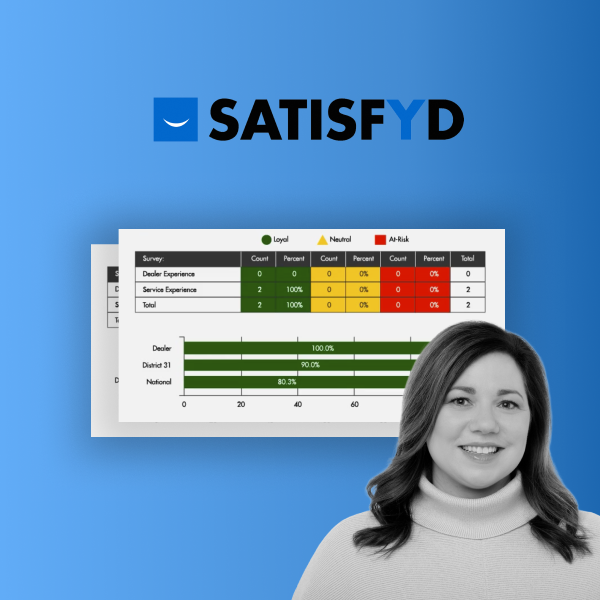Like most industries, the business intelligence (BI) and analytics landscape faced new challenges and opportunities as COVID-19 swept across the globe.
While BARC’s “Data, BI & Analytics Trend Monitor 2022” highlights that many of the top global trends have remained the same for several years, business leaders are actively shifting their mindsets about the future of data analytics and BI. As they improve data collection processes, they’re beginning to use data to inform business decisions and shape strategic initiatives.
To adapt to pandemic-era changes to their operations and their customers, organizations are continuing to lean on the fundamentals, investing in data quality and governance rather than bleeding-edge technologies or advanced implementations.
This post will review the top three trends from the BARC report and discuss how organizations can use them to adopt data-driven business strategies.
#1 Data Quality Management
Each time an organization implements a new software tool, they unlock capabilities and features designed to support their operations and make work easier for their employees.
Most businesses operate through several tools; some may even rely on legacy ones that aren’t easy to integrate with the rest of their network. And while these tools are highly valuable for business operations, they can take a hidden toll on BI and data analytics practices.
With each new data source, businesses increase the likelihood of data processing errors, reducing their organization’s data quality over time. Even data that automatically imports into a BI and analytics solution may be improperly formatted, incomplete, or redundant, which means the resulting reports and dashboards likely contain blind spots or inaccuracies.
Data quality management’s #1 ranking in BARC’s report indicates that standardizing multi-source data is essential for accurate analytics and reporting. But without the right solution, teams often turn to time-consuming manual data cleansing to keep information consistent.
At TARGIT, we help clients develop and apply cleansing logic to their entire TARGIT instance, automating data quality management through a master data catalog. Each catalog contains a master record of how each asset is named, organized, and stored within an organization.
Cleansing logic enables organizations to standardize and properly store data in their BI solution, no matter where it originated. For example, if a salesperson or service technician enters a part number or equipment type incorrectly, the cleansing logic automatically reconciles the errors before recording data in the backend.
This added step helps produce more accurate, comprehensive reports. It also helps organizations assess market information more efficiently and map their operational data back to industry standards or market trends.
#2 Data Culture
As more organizations look to become data-driven, they’re investing in BI solutions to drive the future of data analytics across their teams and departments. BARC’s study illustrates how data culture has steadily risen through the ranks, moving from the #5 spot for 2019 to the #2 spot for 2022.
Along with selecting the right BI solution, organizations need to begin intentionally developing a data culture: encouraging their teams to use data to inform business operations rather than leaning on gut feelings or anecdotal information. This means moving away from one-size-fits-all reporting in favor of flexible BI solutions and data usage policies.
To foster a healthy data culture, leaders must combine a user-friendly BI solution with data democratization: putting high-value data in the hands of more users, so those users can leverage it to inform their day-to-day decisions.
Data democratization improves visibility and helps non-BI users connect with the data they need to inform decision-making. It also empowers each user to adjust data analysis and reporting structures to meet their unique needs and report on highly specific KPIs.
In many cases, BI users design reports for their entire organization and push them out top-down. TARGIT Insights enables these users to see who’s using which reports and how, so they can improve internal education or adjust reporting structures as needed to deliver more value to their end-users.
Insights also help managers and leadership teams understand how BI and analytics are being used across the organization, creating opportunities to establish or strengthen data culture and increase user adoption.
#3 Data Governance
Data governance has been a leading trend in BARC’s report for several years, especially as data breaches increase and remote work blurs access controls. Organizations that want to develop data culture and expand user adoption must also prioritize security and access controls across teams, departments, and geographics.
Along with internal culture shifts, businesses are faced with a rapidly closing gap between legal rollouts and real-world adoption of various regulations — like GDPR, data privacy laws, and industry-specific retention policies. Organizations must ensure the right people have access to the right information, and they need a clear view of who accesses what information in their systems.
For example, a service technician shouldn’t see sensitive financial information when signing in to review parts inventory. Similarly, someone running a sales report for their dealership shouldn’t see sales numbers for a dealership in another territory or market.
Data governance is a critical element of organizational maturity. Its position in the Trend Monitor indicates that organizations are evolving their BI practices and building upon initial implementations.
Perhaps the most crucial element of data governance lies in the culture shift surrounding it. Unlike embedded analytics or data cleansing tools, governance isn’t strictly technical; it also encompasses policy documentation and ongoing business practices.
Unlike BI platforms that offer governance as an optional add-on or secondary feature, TARGIT has built governance into the core of our BI functionality.
TARGIT Decision Suite includes compliant features that help organizations adhere to governance policies and control data access. Plus, our solution is easy to use and maintain over time, which means growing data complexity won’t put data governance at risk.
While newer trends like AI and machine learning still made the top 20 trends list, they’ve fallen in priority over several years. In their place, we continue to see foundational elements — like governance, data discovery, and self-service— take a central focus in BI and analytics.
BARC’s Trend Monitor evaluates the top 20 global BI and analytics trends through the eyes of BI users, consultants, and software providers.
Read the complete Data, BI & Analytics Trend Monitor 2022 to learn more about leading BI trends and explore seven key recommendations that will help your organization evolve alongside the future of data analytics.





